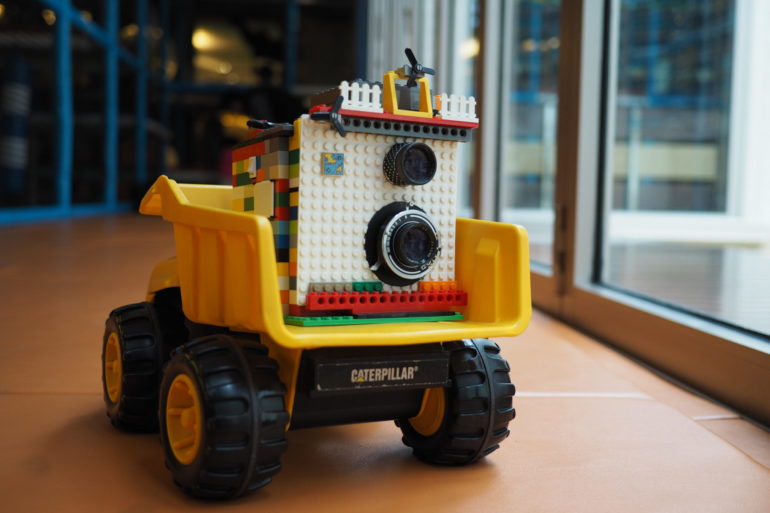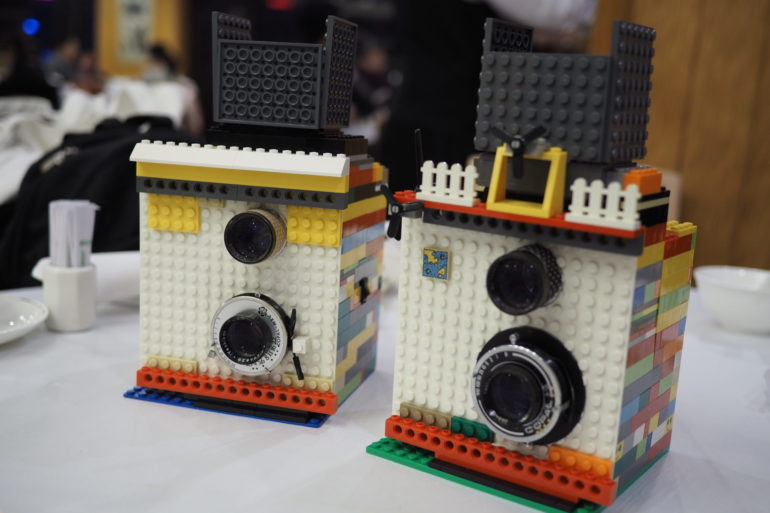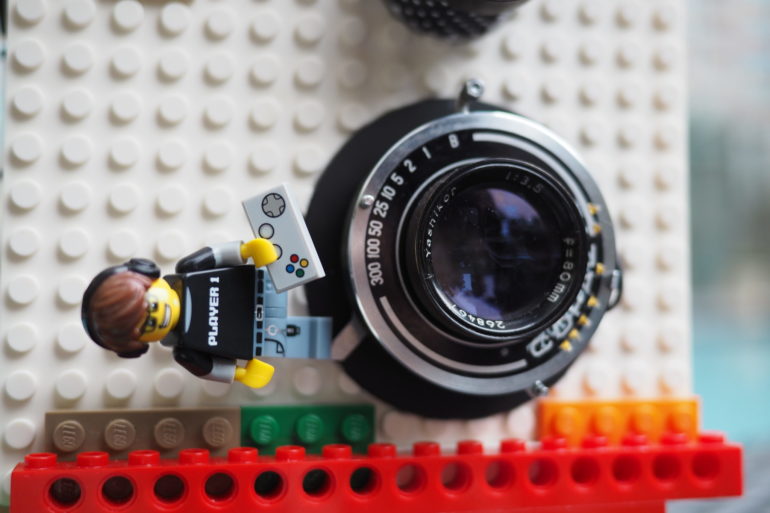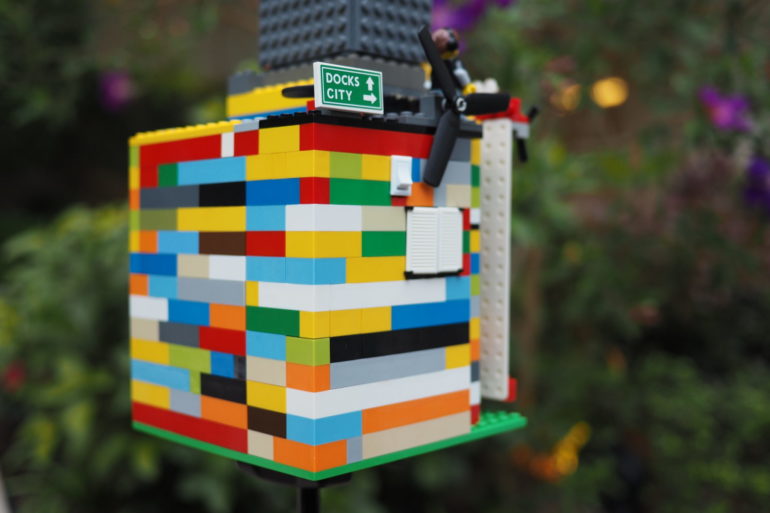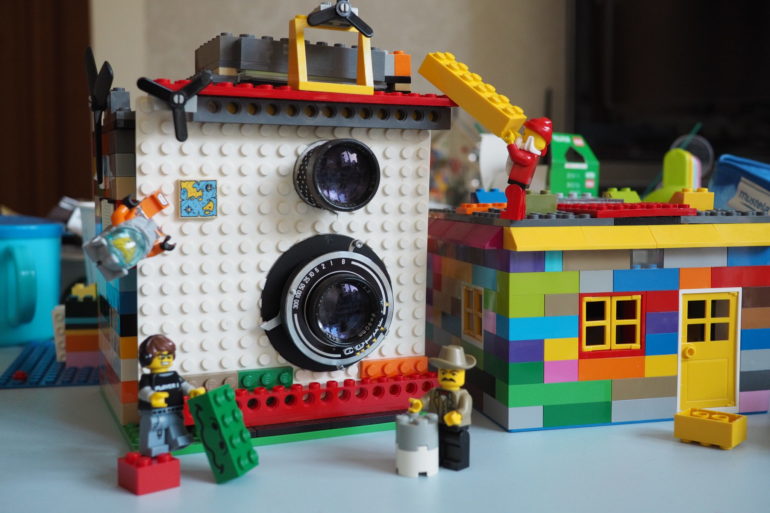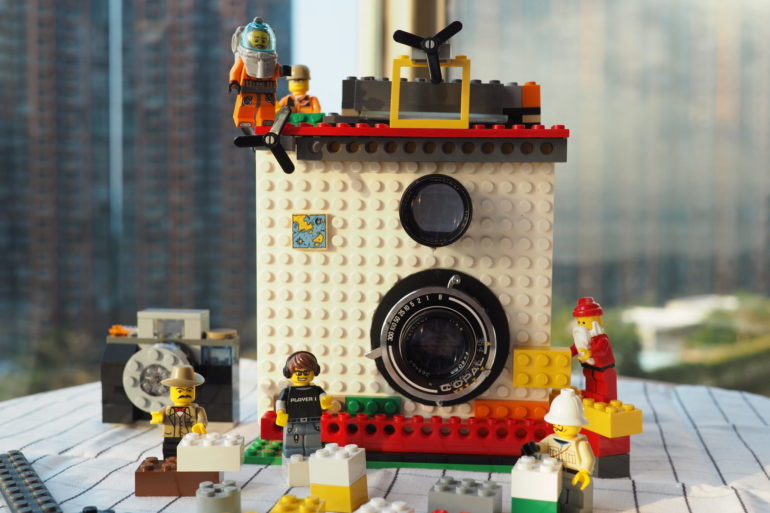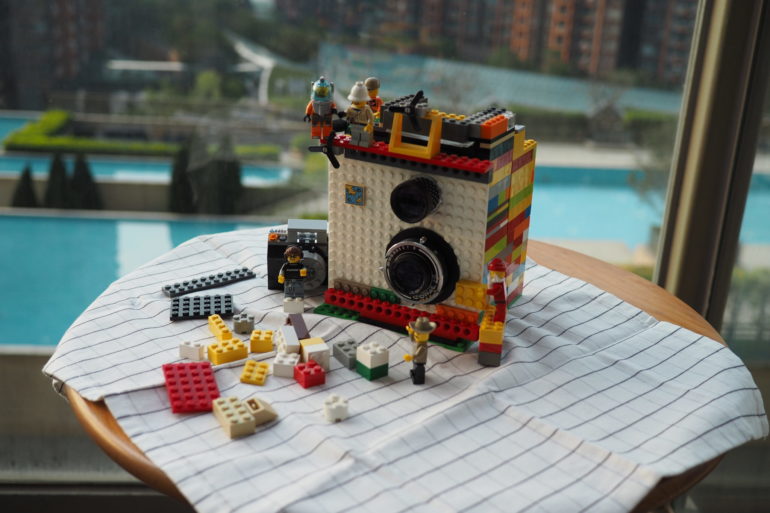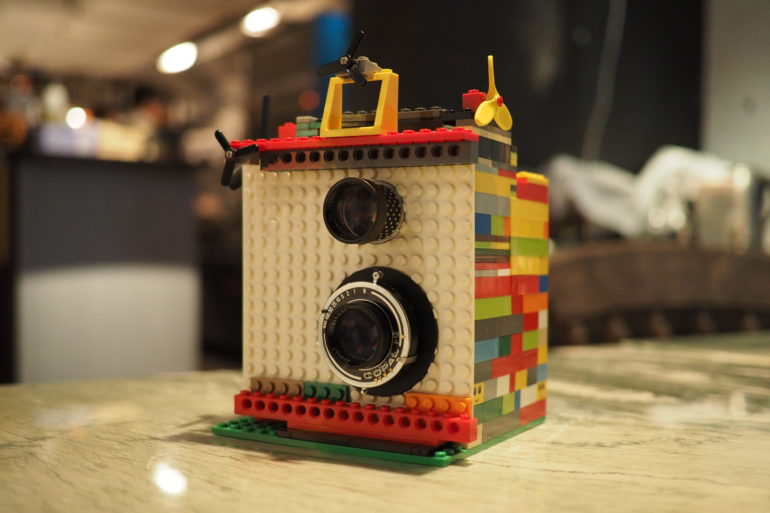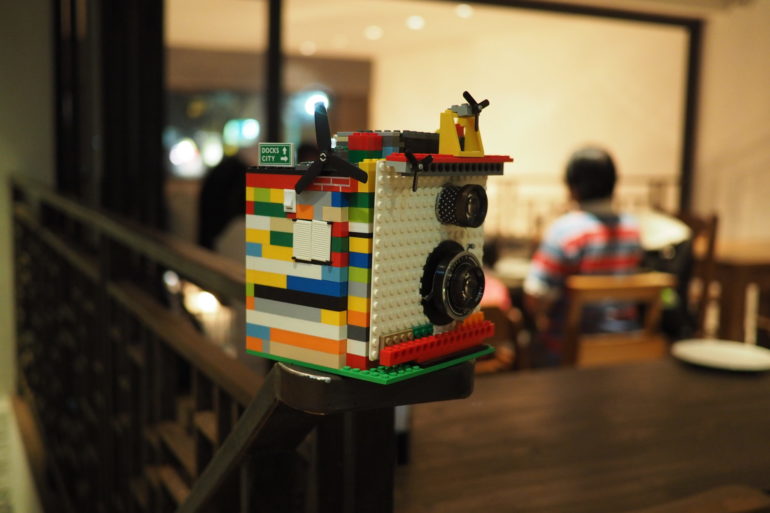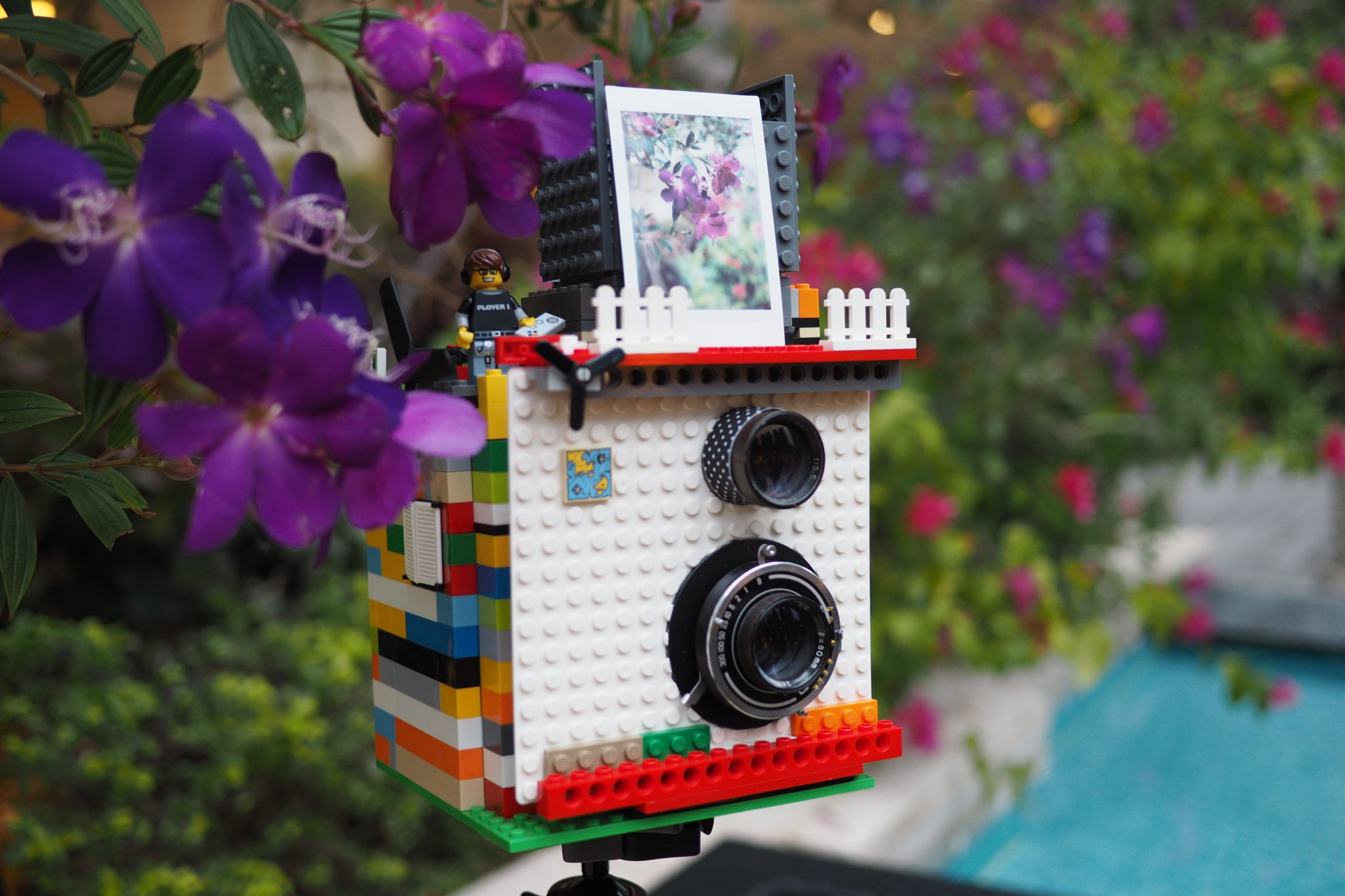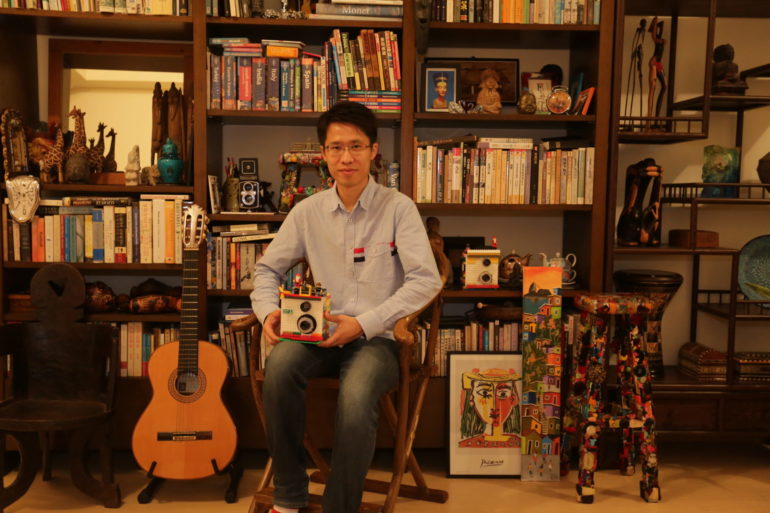All images by Albertino. Used with permission.
What’s more fun than putting together a Lego Instax camera? For some of you, probably thing. There’s a yearning in the Instax film photography community to have more cameras with different designs and full manual capabilities. Not much out there can give you that with some of the closest being the Diana F+, the Instax Wide Hacks, and the Mint TL70 2.0. But photographer Albertino has been creating cameras for a little while now and made this Fujifilm Instax camera out of legos. Personally, Albertino has a wide range of interests ranging from photography, sleight of hand magic, philosophy, technology to history. He always tried to create something new. Currently he spends most of his time in modifying instant cameras that has never been modified by others.
So we decided to ask Albertino a bit about this new project of his.
Phoblographer: Talk to us about how you got into photography.
Albertino: I have been interested in photography for long. But the trigger point for all these is after my son was born three years ago. I used my new Olympus OMD and took lots of family pictures. I also started to take instant pictures with my Fuji Instax Mini 8. I think it brought back the memory in the old days when people took Polaroid pictures. After awhile, I got addicted to taking instant pictures, partly because it is so challenging to take a good picture. It also appeals to me that it has some permanent value for saving your memory in a small piece of film, even in the digital age.
Phoblographer: So tell us about this Lego Instax camera? How does it work? How does it take pictures? And what about printing the images?
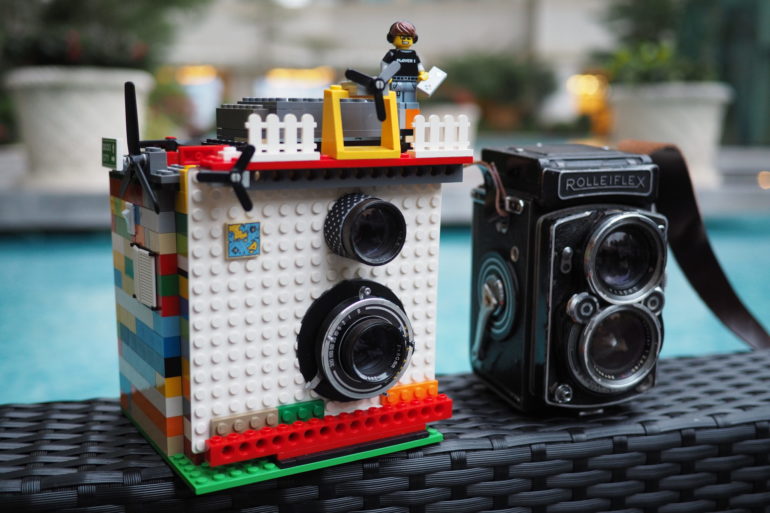
Albertino: The Lego instant camera is a classic twin lens design. It has two lenses on the front panel. The top one is a viewfinder lens that is “view” only, used for focusing and framing the picture. The bottom one is the taking lens that used to take pictures.
To take pictures, we first pre-view the picture using the ground-glass on the top to design the composition. The focus is achieved by pushing the front panel back and forth like the traditional twin lens camera. Then we set the shutter speed and aperture on the lens. After all set, we can trigger the shutter on the lens to take the picture.
There is a film ejection button inside the little window/door on the right hand side of the camera. The picture will pop up from the top of the camera.
Phoblographer: Legos are obviously fragile, so are there plans to many something a bit more solid by any chance?
Albertino: Lego is surprisingly sturdy. I put my Lego Instant Camera in my backpack and it can withstand different shocks without breaking down. During the testing phrase, I have accidentally dropped it to the floor and half of the Lego bricks have decomposed. It took me about an hour to rebuild and calibrate it. Thanks to its flexible structure, it can reborn like no other cameras. It’s interesting.
To build the camera from scratch, Lego is a good material as it is highly customisable. If I have more spare time, I might try to make a refined wooden camera like the music boxes made in Swiss by Reuge. Currently I have another project related to Lego going on.
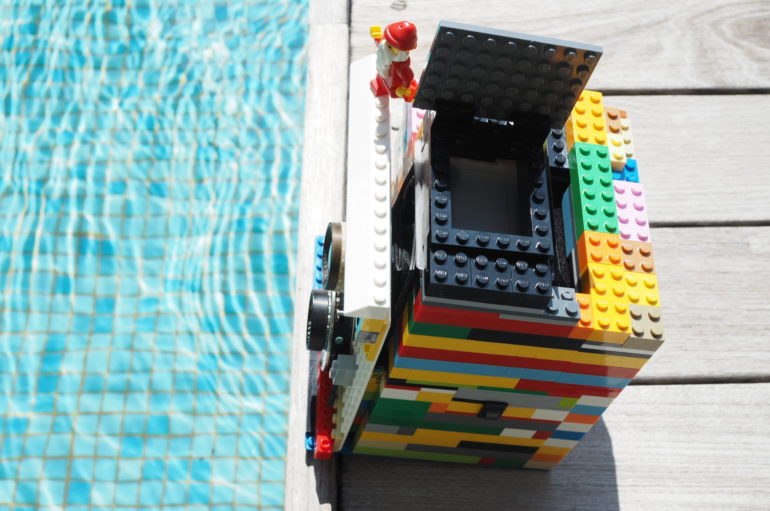
Phoblographer: Tell us about some of the other modifications you’ve made.
Albertino: Apart from the Lego instant camera, I also modified a variety of instant cameras. It includes Instax Mini 7s, 8 and 70. Instax Wide 210 and 300. I also modified a famous twin lens camera that uses instant film. Some proprietary projects in the “world-first” category is undergoing. I will release these projects later this year.
